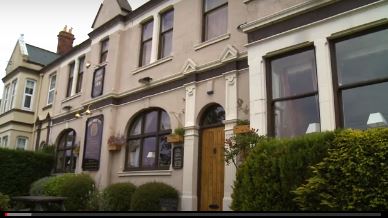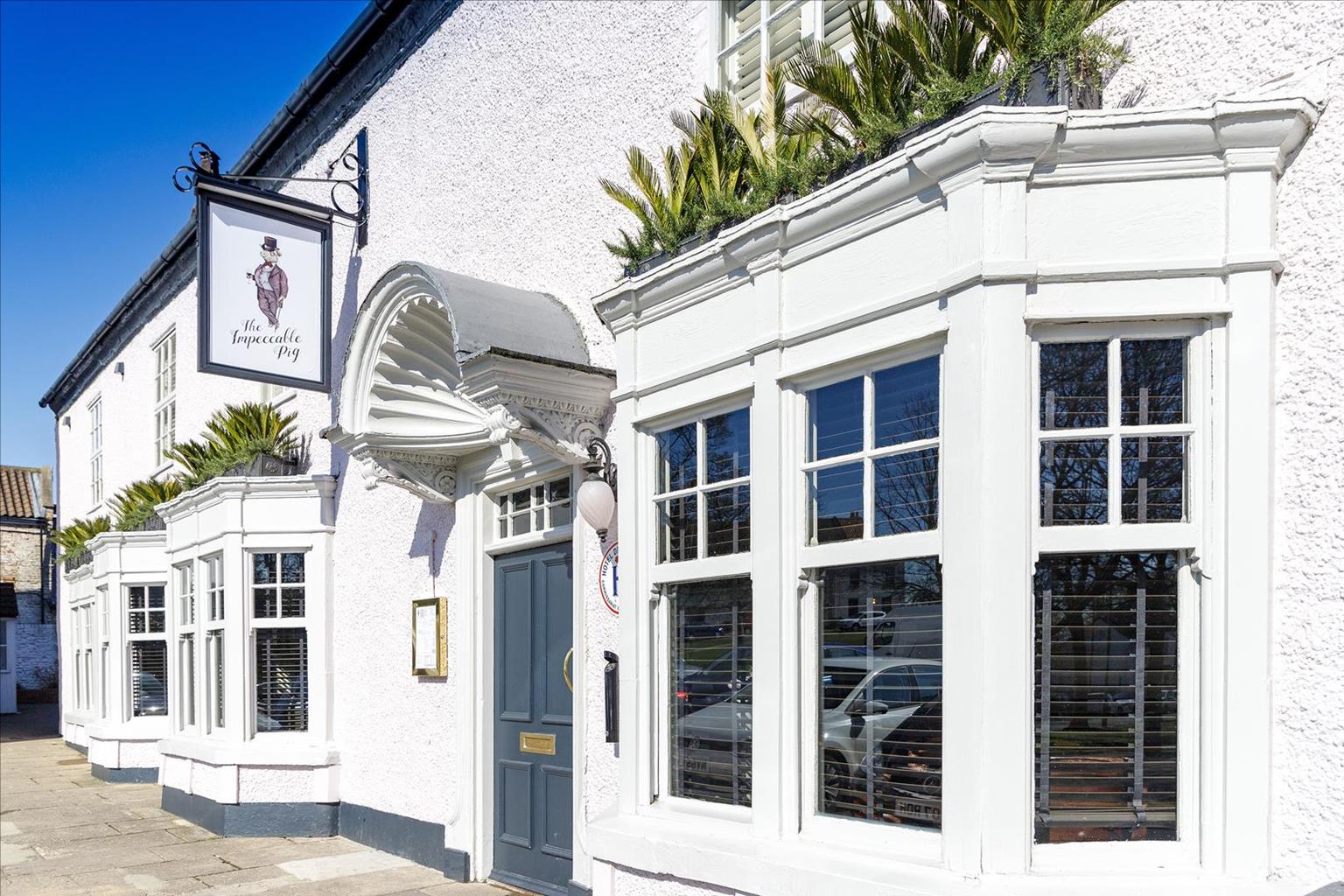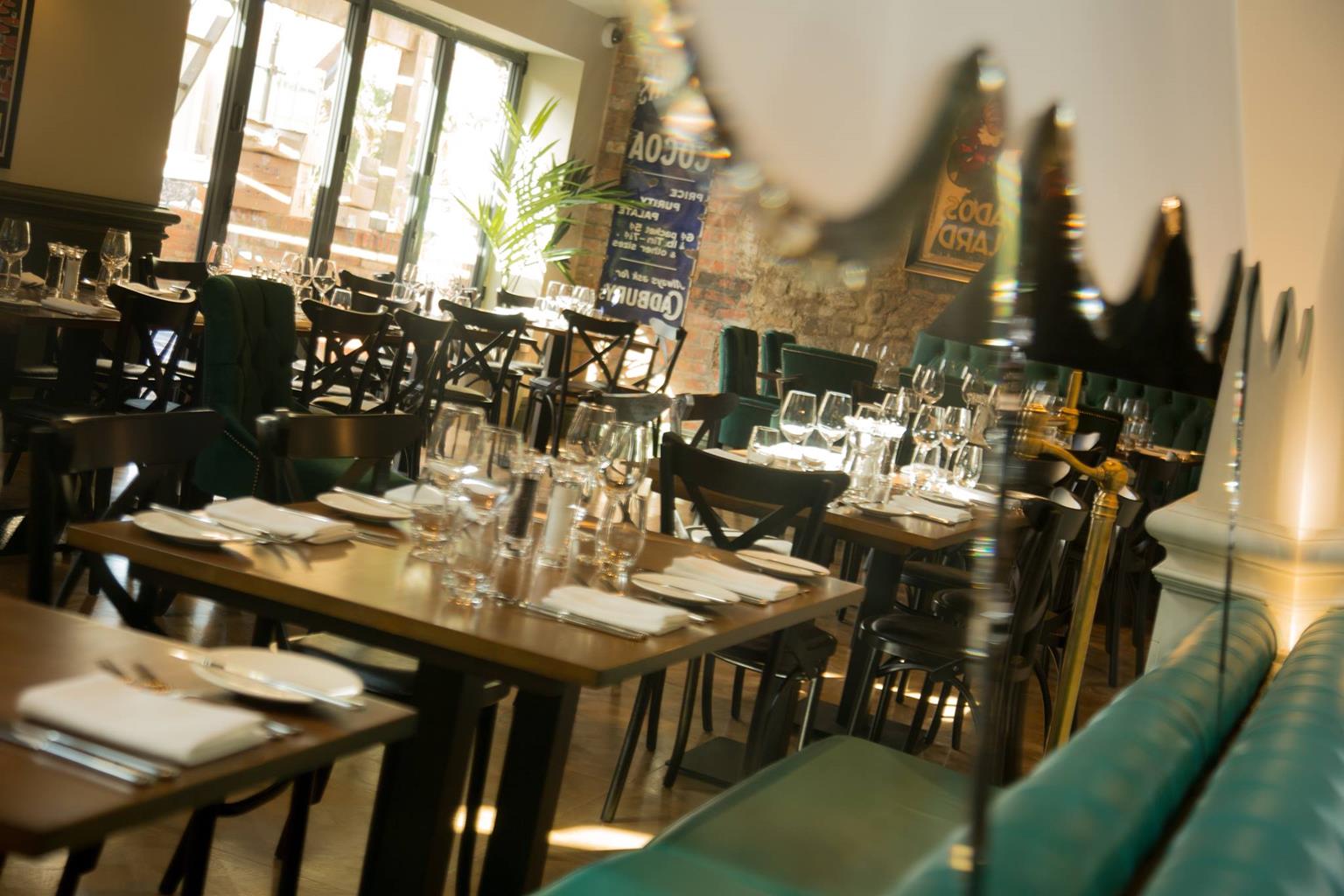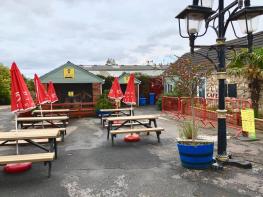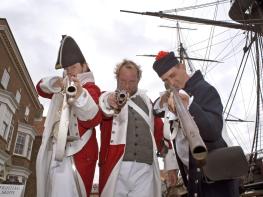Looking at creeper-clad Hardwicke Hall Manor Hotel, with its lovely lawns and peaceful woodland…
Castle Eden's gorge

5 miles (8kms)
About the walk
Castle Eden Dene is the longest river gorge on the Durham coast. It takes its name from the estate and village that lie to the south. The Burdon family bought the estate in 1758, and by 1780 had built the castle to a design by Newcastle architect, William Newton. The dene was incorporated into the estate in 1790 and many pathways were created for the enjoyment of the Burdons – one such path, still known as Miss Mary’s Walk, was a favourite of a daughter of the family.
After the death of Rowland Burdon, the last of the family, the dene was taken over by Peterlee Development Corporation in 1951. Its recreational and leisure potential was one factor taken into account when Peterlee was chosen as the site for a New Town in the late 1940s. In 1985 Natural England’s predecessors declared Castle Eden Dene a National Nature Reserve and later, in view of the quality of the wildlife experience it offers, classified it as one of 35 Spotlight National Nature Reserves in England.
A limestone gorge
The bedrock of the gorge consists of magnesian limestone, laid down by seas that covered the area 250 million years ago. This was later covered by boulder clay from the glaciers of the last ice age. Castle Eden Burn has cut through these layers to form the gorge, which, at Gunners Pool, is only a few yards wide. Elsewhere, steep slopes end abruptly in limestone crags, while collapse of the walls has strewn the valley floor with large boulders.
A woodland haven for wildlife
The whole dene is heavily wooded with oak, ash, beech, lime and various conifers. Containing the largest yew forest in the north of England, it has been designated a Special Area of Conservation under the European Habitats Directive. Fallen trees are left to decay and become homes for fungi and invertebrates. Plants include more than 100 species of moss, nearly 30 liverworts and more than 300 flowers. Animals that dwell here include foxes, roe deer, badgers and grey squirrels. The flowers attract butterflies, notably the Eden argus, a rare variant of the northern brown argus.
Walk directions
From a kissing gate below the car park, a broad track drops into the dene. Go forward at the first junction, but then fork right by a squirrel trailmark to undulate along the valley. Bear right at the next split, rising to continue beside the nature reserve boundary. Ignore a later crossing path and, when houses eventually end, keep ahead alongside a small meadow. At the far end the path curves left, descending steeply to the base of the valley.
Turn left along a trail which emerges from a tunnel beneath the road embankment. Pass through a gate, but after only 20yds (18m), drop right to a footbridge across Castle Eden Burn. Climb determinedly away, turning left at the top to walk back along the valley's southern rim. Before long, the path begins to lose height, shortly crossing a side stream. Lower down, ignore a path branching right and continue downhill to a bridge spanning the burn. Walk forward over a second bridge as the river loops tightly back. The ongoing path climbs to the right, undulating along the narrowing valley to Gunners Pool Bridge, which sits high above the narrowest part of the ravine.
After gazing into the precipitous depths, return to the south bank and continue with the path along the valley side. Beyond another side stream, the way rises once more to the upper rim. Ignore a path dropping back left and carry on to a gate at the edge of the nature reserve, from which there is a glimpse to the castle.
The route, however, remains within the reserve, curving back into the dene. After 300yds (274m) at a junction, bear right to then join a path from below. At the next fork, keep left along Miss Mary's Walk. Not far along, watch for a tree symbol waymark by an indistinct fork and branch off left on an undulating path through yew forest. Eventually, the way rises to join a path along the top of the gorge. Go left, walking for a short time below fields then winding around the head of a side valley to an information board.
Ignoring the path leaving over a stile, go left and descend to a three-way fork. Again keep left, winding steeply downhill to meet a broad trail beside the river, just upstream of Garden of Eden Bridge.
Turn left, shortly passing two almost-touching boulders known as the Kissing Frog Stones. A little further along, another large boulder sprouting trees is the Devil's Lapstone. After crossing the river over Dungy Bridge, look right to see another fallen boulder, this one supported on stone pillars. The magnesian limestone cliffs are relatively soft and landslips periodically occur. Reaching a fork, bear right to climb along the valley side. At the top, turn sharp right back up to the car park.
Additional information
Mostly good but sometimes steep and muddy, no stiles
Heavily wooded river gorge
Can be off lead, but under control
OS Explorer 308 Durham & Sunderland
Car park at Oakerside Dene Lodge
At car park, although not always open
WALKING IN SAFETY
Read our tips to look after yourself and the environment when following this walk.
Find out more
Also in the area
About the area
Discover Durham
If the Prince-Bishops of Durham had set out to make their cathedral the greatest tourist attraction in the northeast, they could not have done better. In a sense, that is exactly what they did set out to do. For some five centuries, until the Protestant Reformation, pilgrimages were big business. The bones of St Cuthbert and the skull of St Oswald attracted the halt (disabled), the lame and the old to Durham in the hope of a miraculous healing.
The cathedral and the castle were what Durham was all about, from the early Middle Ages onwards, but even without these landmarks the city of Durham would be spectacular. From whichever side you approach, Durham is a magnificent sight. It’s a city that needs to be explored the hard way – on foot.
Nearby stays
Restaurants and Pubs
Nearby experiences
Recommended things to do
Why choose Rated Trips?
Your trusted guide to rated places across the UK
The best coverage
Discover more than 15,000 professionally rated places to stay, eat and visit from across the UK and Ireland.
Quality assured
Choose a place to stay safe in the knowledge that it has been expertly assessed by trained assessors.
Plan your next trip
Search by location or the type of place you're visiting to find your next ideal holiday experience.
Travel inspiration
Read our articles, city guides and recommended things to do for inspiration. We're here to help you explore the UK.

